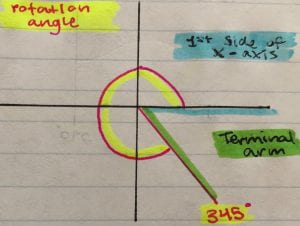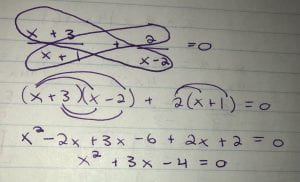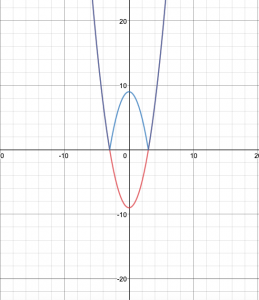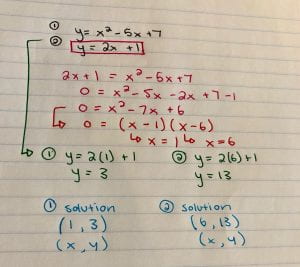Five Things I’ve Learned
- Ask questions. When stuck ask questions and don’t wait till it’s too late to get help. If you don’t understand something ask because otherwise, you will continue to be confused.
- Finish all your work in your workbook. When studying for a math test the only way to properly study is to finish all your homework. I found when I practiced more problems it helped compared to when I left it. If I understood the concepts enough I wouldn’t complete the work, although the more practice you get is better.
- Show up to class. Things come up and you miss school sometimes, but if you do you miss lessons. This is something I struggled with. When missing lessons you have to make it up for it somehow. Whether coming in early or late to have it taught to you or asking many questions. These are things I did not do.
- Collaborate with friends. During a week of this semester, I had a table group named table group 5. I found this table group very beneficial for me because of the people it consisted of. We always helped each other out and asked questions. We worked on questions together and no question was a stupid question. We even made a group chat and face timed one night before a test to study together. Most of all we had lots of fun and it made the class enjoyable.
- Think back to the basics. When struggling I always thought back to the basics. For example, what you do to one side you do to the other, if you want to get rid of a square root you have to square it, BEDMAS. When our struggling during a test your brain is usually freaking out but if you know the basics I find it simplifies things and makes it not as bad as it seems.




































